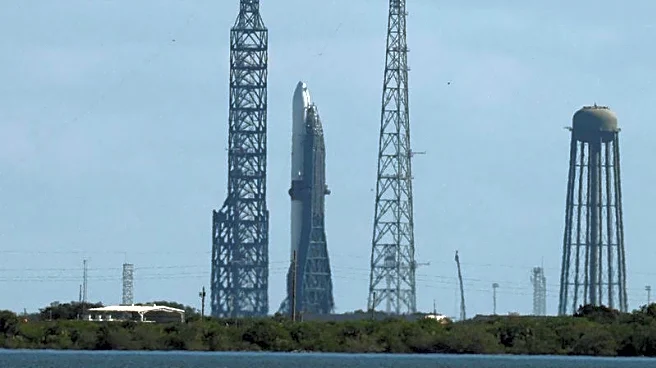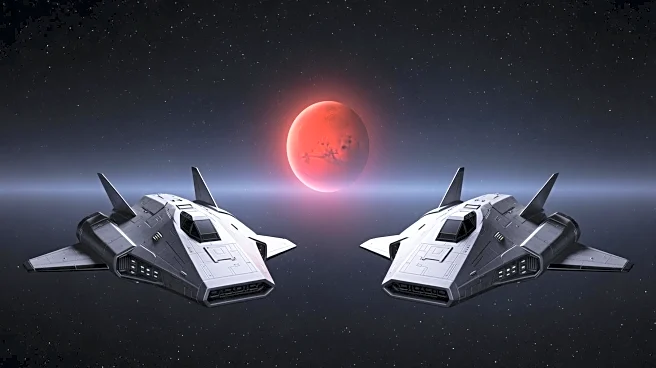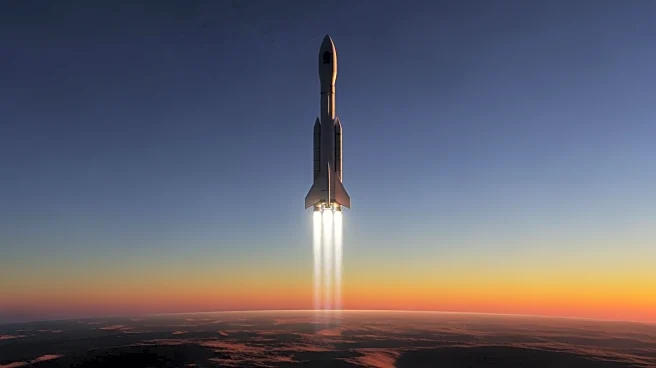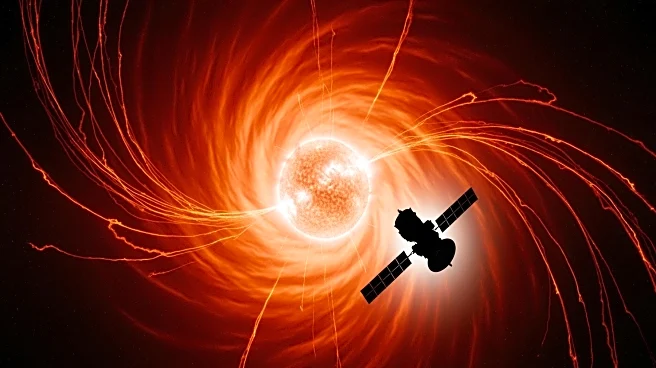What's Happening?
NASA's ESCAPADE mission, involving two spacecraft, has been launched by Blue Origin's New Glenn rocket. The spacecraft will first travel to the sun-Earth Lagrange Point 2 before heading to Mars in 2026.
Managed by the University of California, Berkeley, the mission aims to study Mars' magnetosphere and its interaction with solar wind, providing insights into atmospheric loss.
Why It's Important?
The ESCAPADE mission is crucial for understanding Mars' climate history and the factors contributing to its atmospheric loss. This knowledge is vital for future missions, as it can inform strategies to protect human and robotic explorers from space weather. The mission also highlights the role of small, innovative missions in advancing planetary science.
What's Next?
The spacecraft are expected to arrive at Mars in 2027, where they will begin their scientific observations. The data collected will help scientists understand the dynamics of Mars' magnetosphere and its interaction with solar wind, potentially influencing future exploration strategies.
Beyond the Headlines
The mission represents a collaboration between NASA and commercial partners, showcasing the growing role of private companies in space exploration. It also highlights the potential for small missions to contribute significantly to our understanding of planetary environments.












